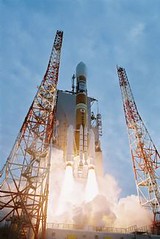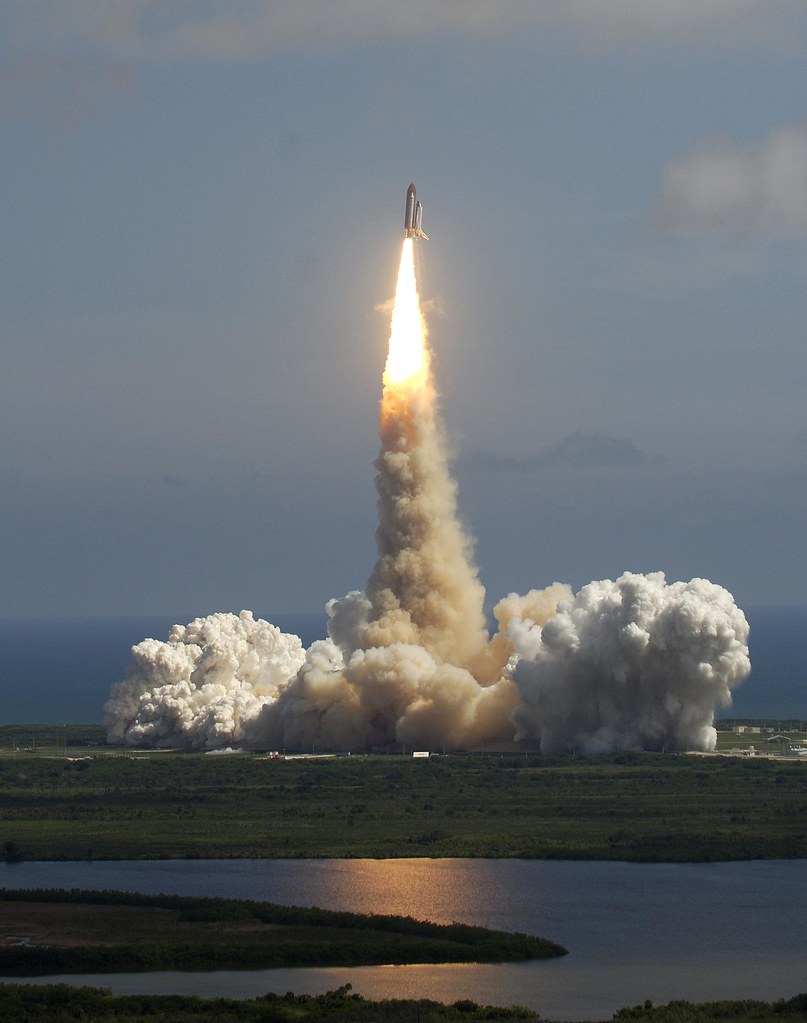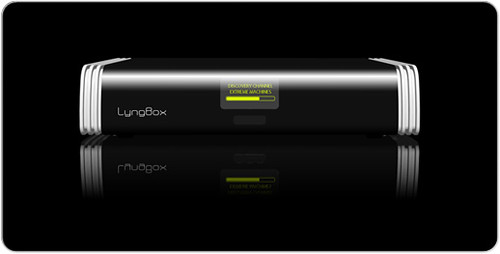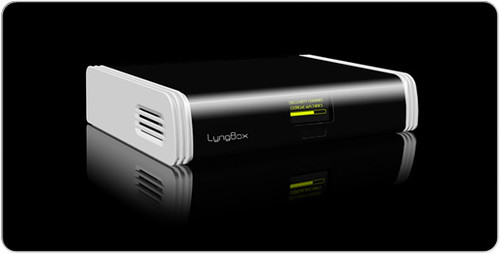On Wednesday, Rocco scooped the world with the first photographs of the Lyngbox, which was officially unveiled today in Europe.
What makes the Lyngbox "officially cool" by Really Rocket Science standards is its database of worldwide satellite ladder charts, which essentially allows users to "plug and play" the Lyngbox anywhere in the world. Travelling from London to Capetown? Just bring your Lyngbox with you, plug it in, peruse the database, and within moments you’ll be watching the local satellite channels.

Of course, there has always been an alternative to purchasing cool gadgets — and that alternative is to Do It Yourself. This site has long offered instructions on Satellite for Caravans — how you can rig your RV (or car or "caravan") and stay connected to the world of satellite TV while on the road in Europe:
You will not get a picture by simply waving the dish around; the digibox has to decode the signal before a picture can appear for the first time and that can take a couple of minutes or more. So if you just swing the dish around, you’ll have already moved it out of the signal again long before the picture has a chance to appear. Providing you know the technique however, it is fairly straightforward to tune in a digital system and once you’ve got the hang of it you would be very unlucky if it took longer than about 5 minutes. I’ve had people writing to say they got a signal within a few minutes, others took longer. For myself, it normally takes me only a minute or two these days. My own record is 10 seconds – pure fluke, I stuck the dish on its mast and obtained an immediate signal – just happened to point it in precisely the right direction first time!
You’ll need a satellite dish, a digibox, and a TV (don’t forget that) to catch signals while on the road from Astra or Sky:
The Astra 2 system consists of 3 satellites close together in space so that your dish will ‘see’ all of them as if they were a single unit. All 3 transmit signals aimed at Europe but the coverage on the ground varies considerably. The 2 older satellites, 2A and 2B, can be thought of as flood lights, lighting up a huge area of Europe, whereas the newer Astra 2D is more like a spot light focused on the British Isles. For the sake of convenience the signals are referred to as the north beam, south beam and narrow beam (or more usually just the 2D beam).
If all of this is sounding confusing, the alternative to DIY is always to buy. Newsfactor magazine has a great article on gadgets available to bring you satellite content while in the fast lane, including some DIY tips for acquiring satellite radio in the U.S.:
Do-it-yourselfers have plenty of options too. There are two ways to go with DIY satellite radio: purchasing a car stereo with satellite radio built-in (requires professional installation) or purchasing a dashboard mounted controller that uses a vacant FM frequency to provide the satellite programming.
Dashboard-mounted models, such as the Delphi Roady XT ($79.99) or the Sirius Sportster Replay radio ($139.99), plug into the vehicle’s cigarette adapter and use a roof mounted magnetic antenna to capture the satellite signal. There is a caveat: as a vehicle travels over long distances an FM channel may no longer be unused and available for satellite signals, so the satellite signal will lose clarity as the FM signal gains strength. At that point, a new vacant FM frequency will have to be selected to improve satellite signal clarity. In spite of the limitations, these dash-mounted models provide a quick way to get satellite radio without having to install a compatible stereo system professionally.
So when it comes to acquiring satellite signals while on the road, the question is not whether or not you can receive them. The question is simply: DIY or buy?
 "alternative delivery platform." Sure to take notice are those, such as
"alternative delivery platform." Sure to take notice are those, such as 



